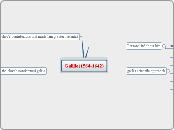por Kole Meyer hace 6 años
216
Newtons Laws
Isaac Newton's laws of motion provide a foundational understanding of how objects move and interact. Newton's first law, often referred to as the law of inertia, states that an object will remain at rest or in uniform motion unless acted upon by an external force.









